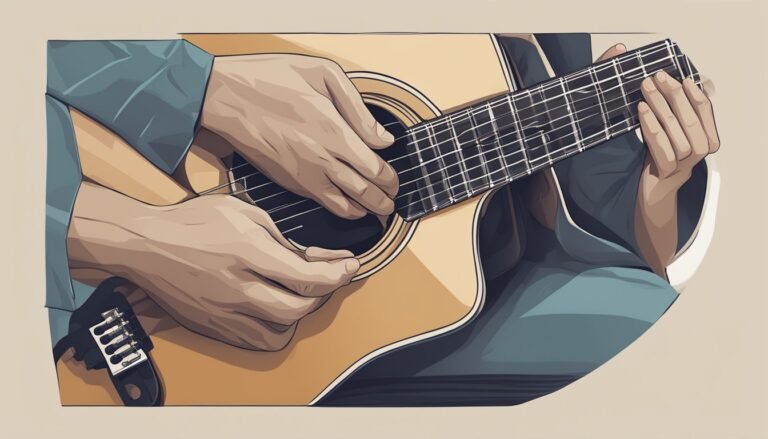
How to Hold a Guitar Right-Handed: Simple Tips for Beginners
Proper guitar posture involves resting the instrument on the right leg, angling the neck upward, and maintaining a straight back for comfort and technique improvement.

Proper guitar posture involves resting the instrument on the right leg, angling the neck upward, and maintaining a straight back for comfort and technique improvement.
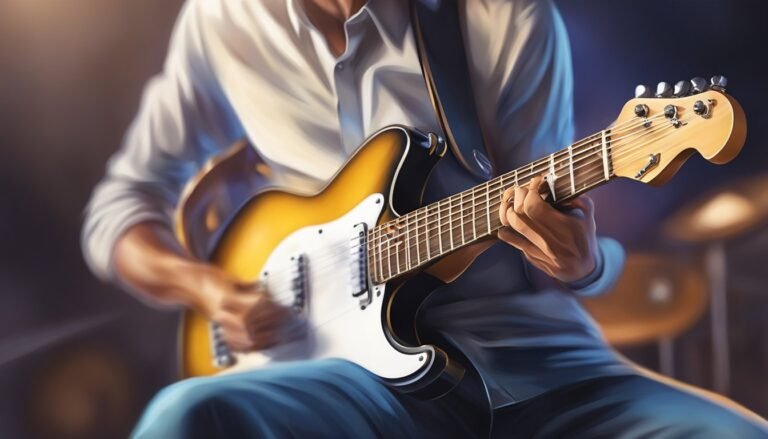
Learning to shred on guitar enhances playing by improving speed and precision through techniques like alternate picking, legato, and tapping, inspired by legends like Yngwie Malmsteen and Steve Vai.

Choosing the right beginner guitar involves considering comfort, size, type (acoustic or electric), tonewood, and essential features to enhance your learning experience.
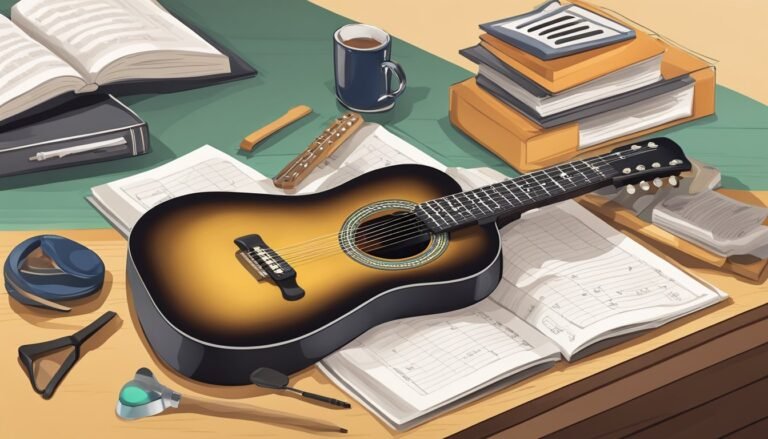
Starting your guitar journey requires proper setup, learning basic chords, and practicing strumming techniques to develop skills and enjoy creating music effectively.
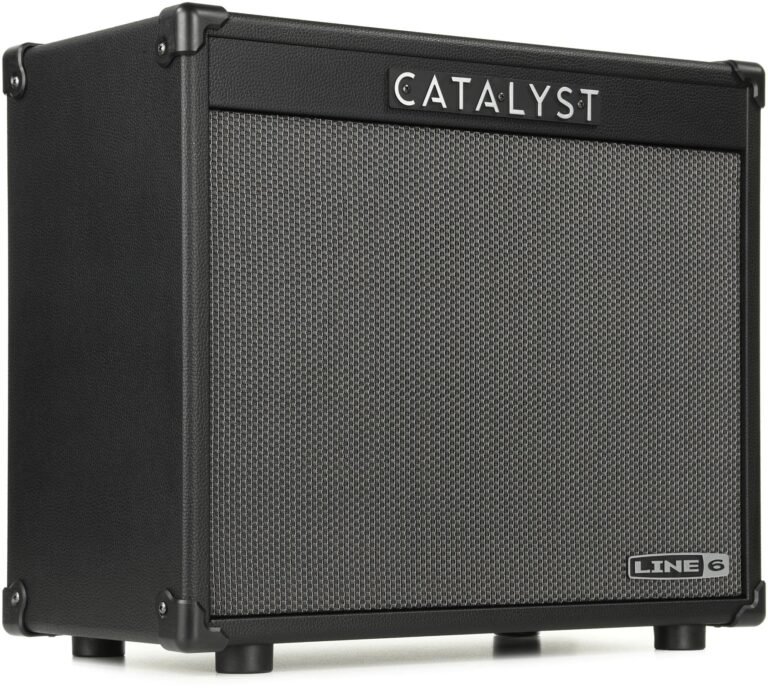
Guitar amplifiers enhance sound quality for guitarists, with modeling amps offering versatile tones and built-in effects, ideal for practice, recording, and live performances.

Hybrid guitar amps combine tube warmth with solid-state reliability, offering versatile tones for practice and performance. Key features include power rating, channel count, and portability.
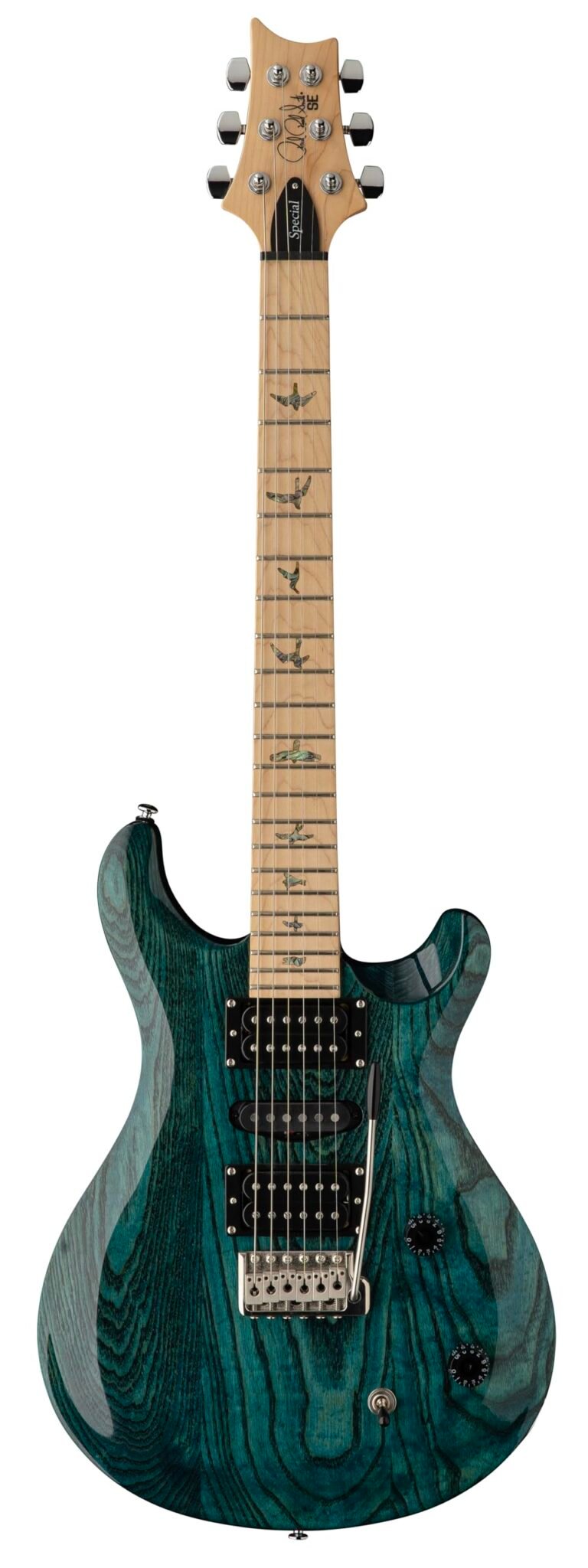
Guitars offer diverse sounds suitable for many styles, with key considerations including wood type, pickups, neck shape, and fretboard material for optimal playability and tone.
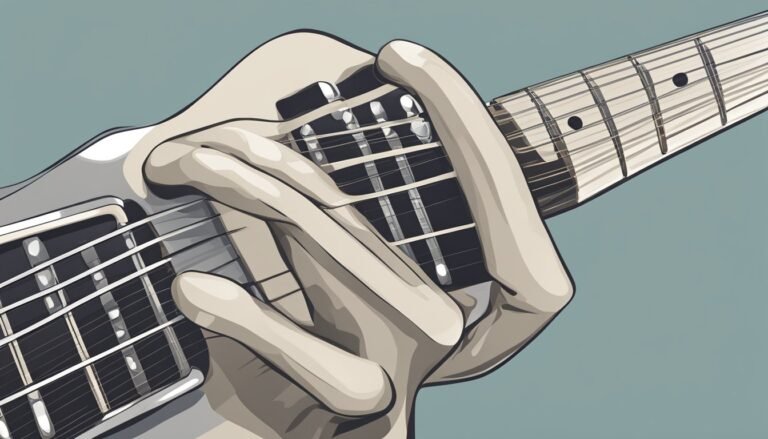
A guitar riff is a memorable sequence of notes or chords that enhances songs, often using melody, chord progressions, and rhythm to create iconic musical moments.
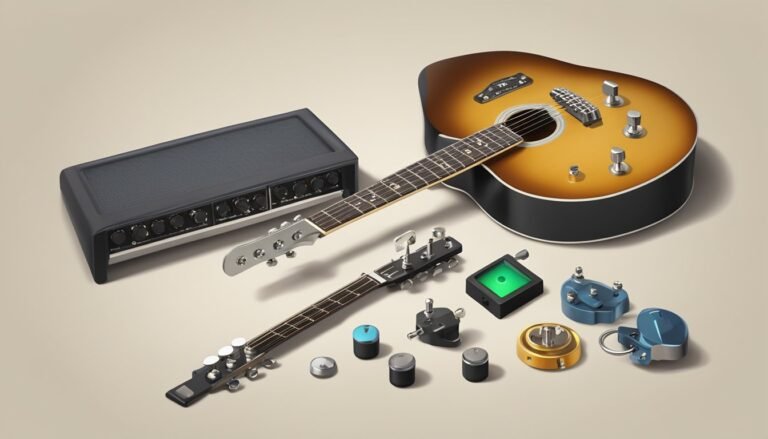
Tuning a guitar involves adjusting the strings to standard notes E, A, D, G, B, and E, using tools like clip-on tuners or tuning apps for accuracy.
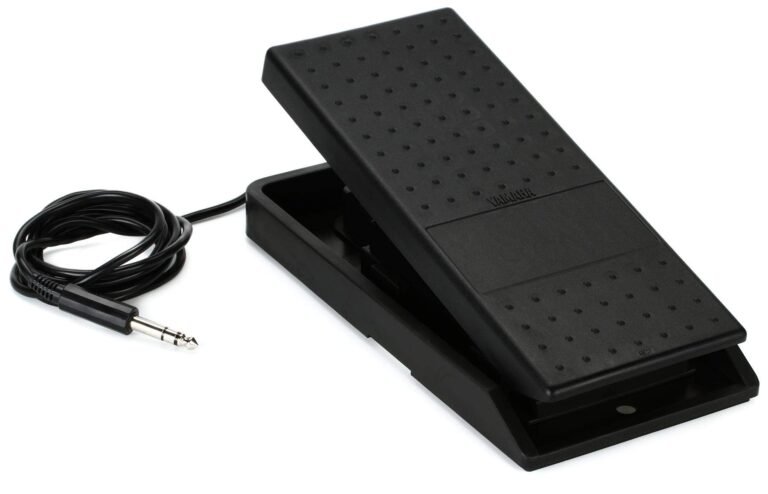
Volume pedals enhance musicians' control over sound dynamics, offering features like durability, portability, and varying connections to improve performance across instruments like electric guitars and keyboards.